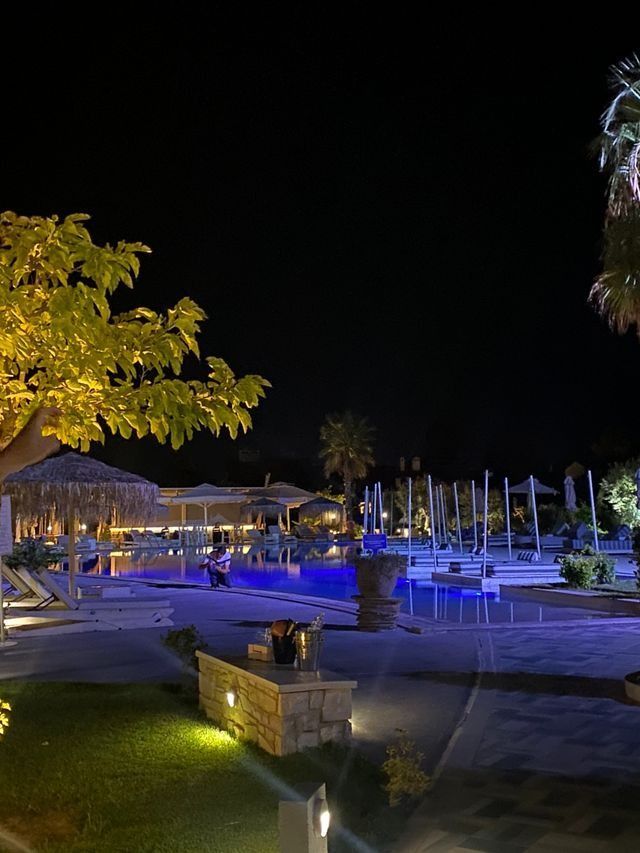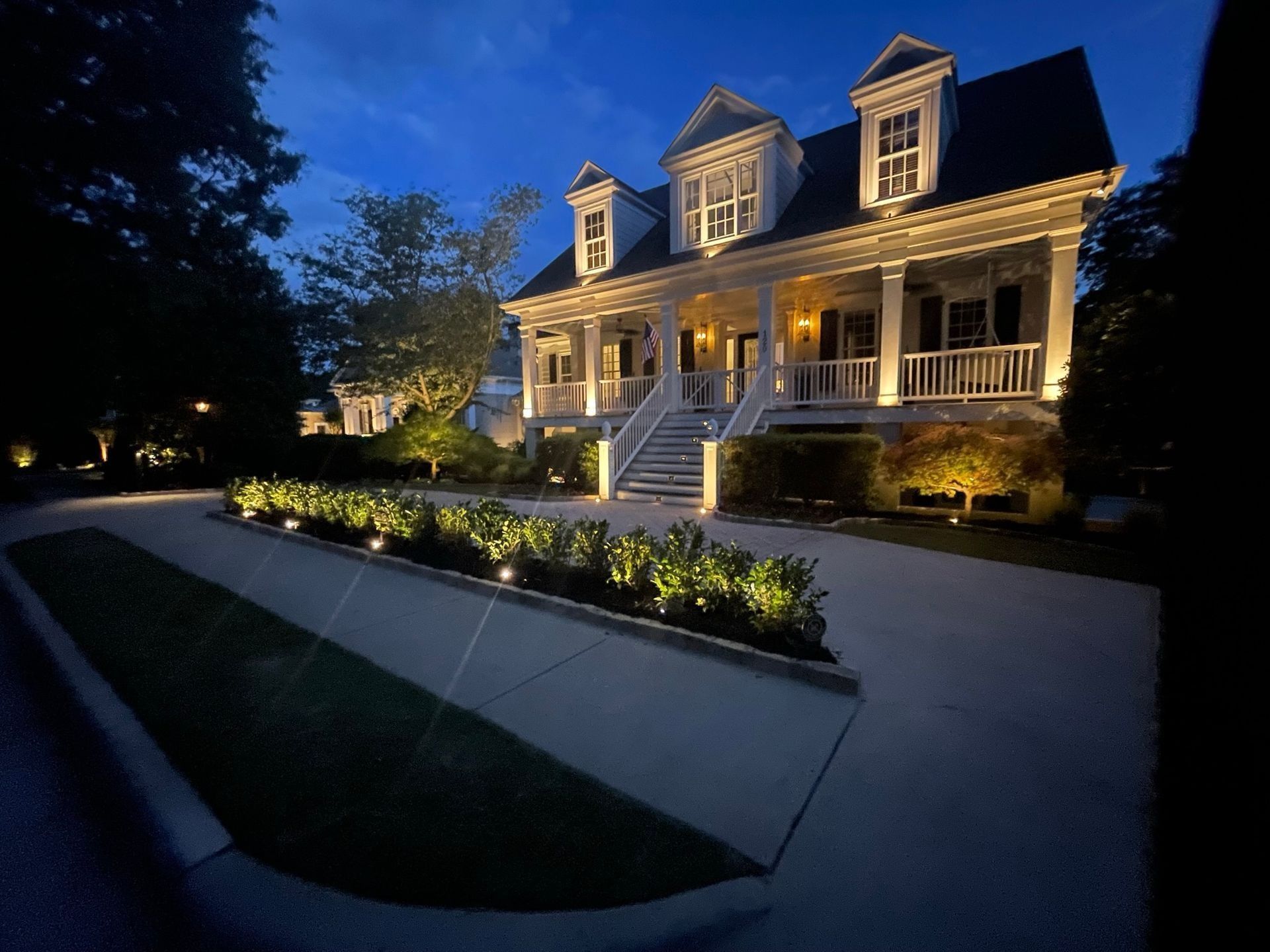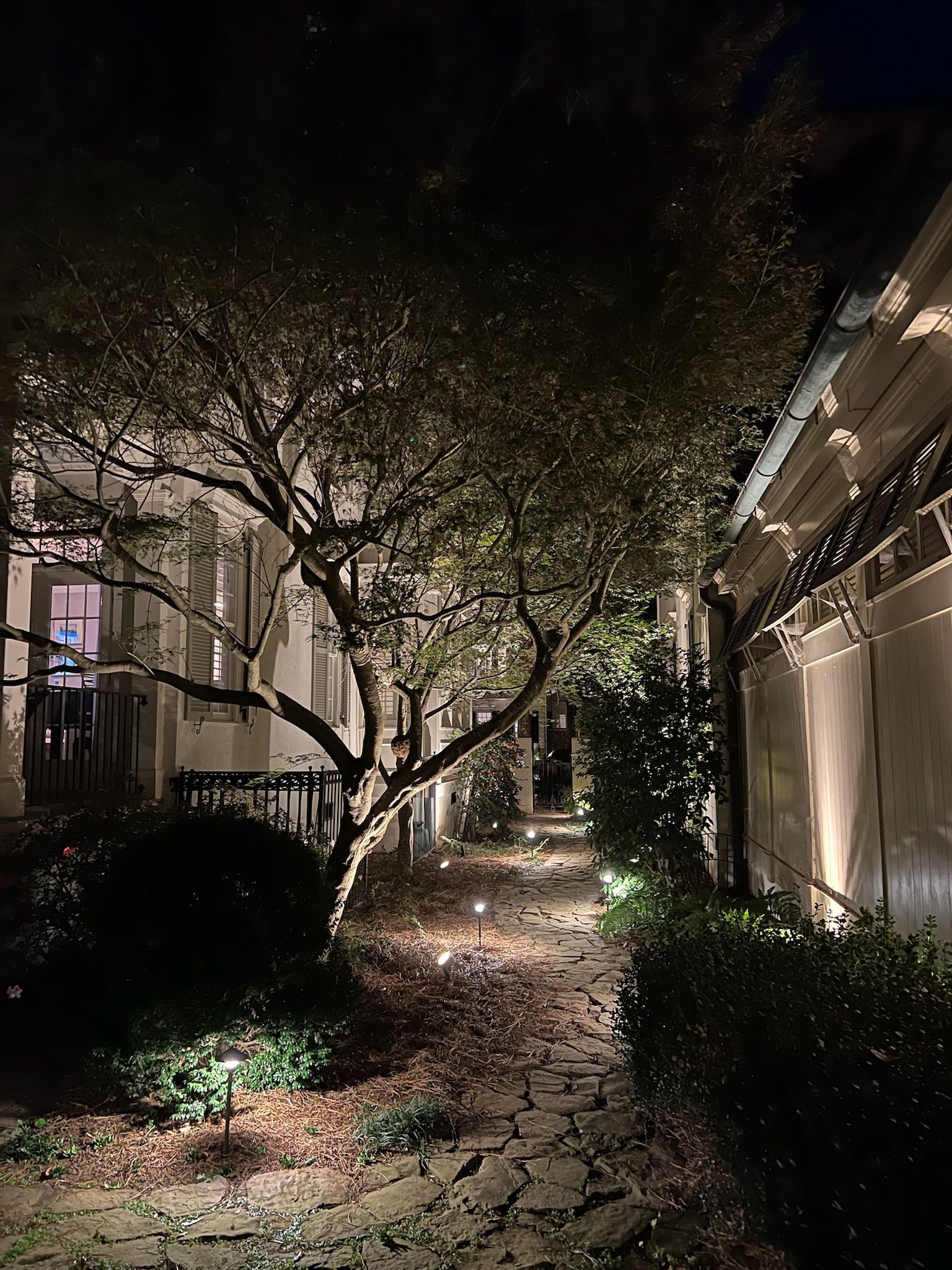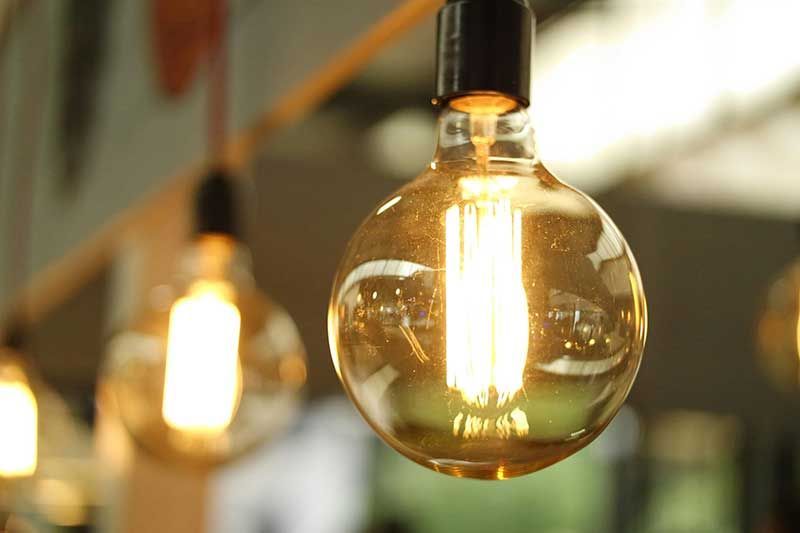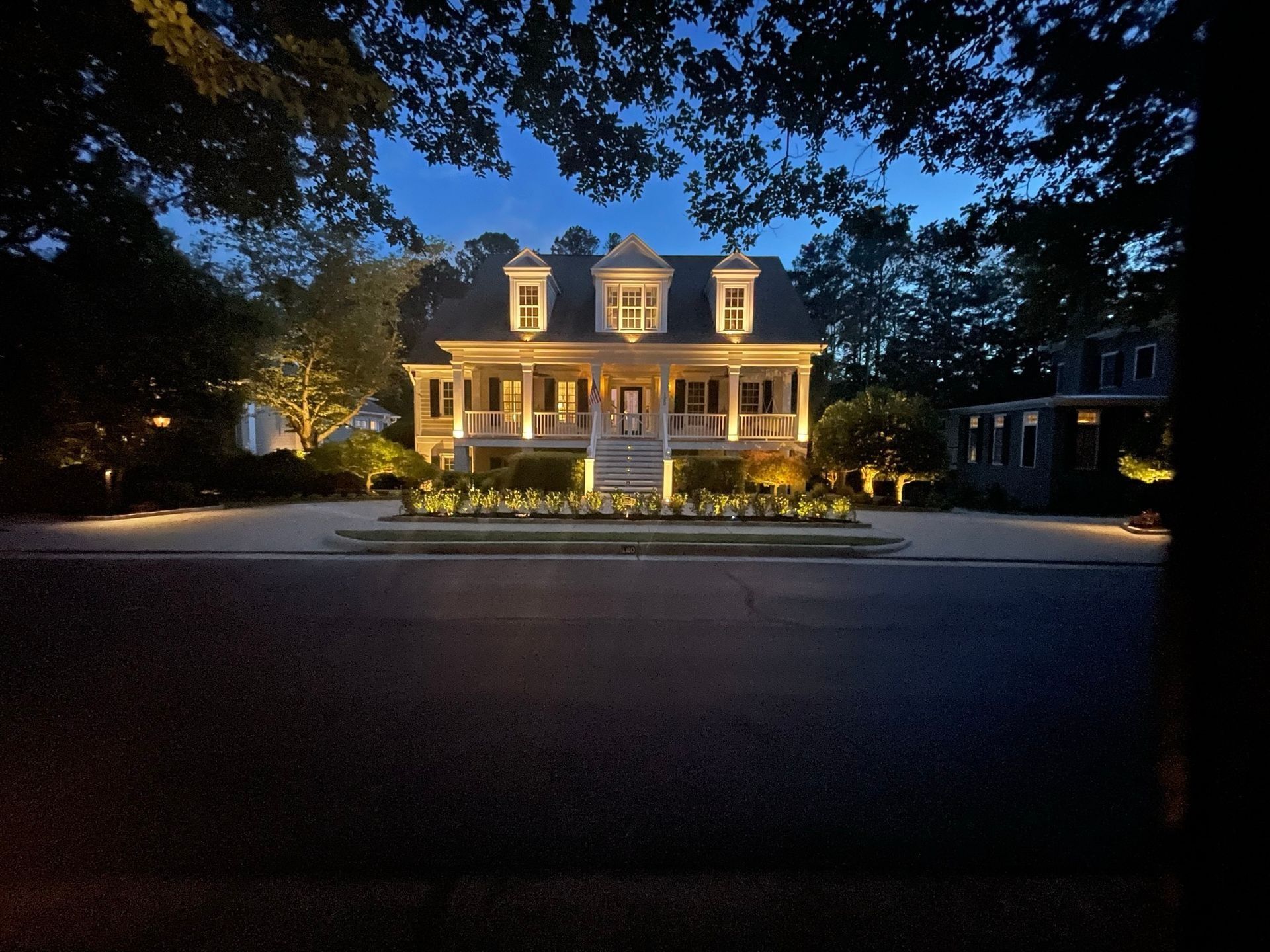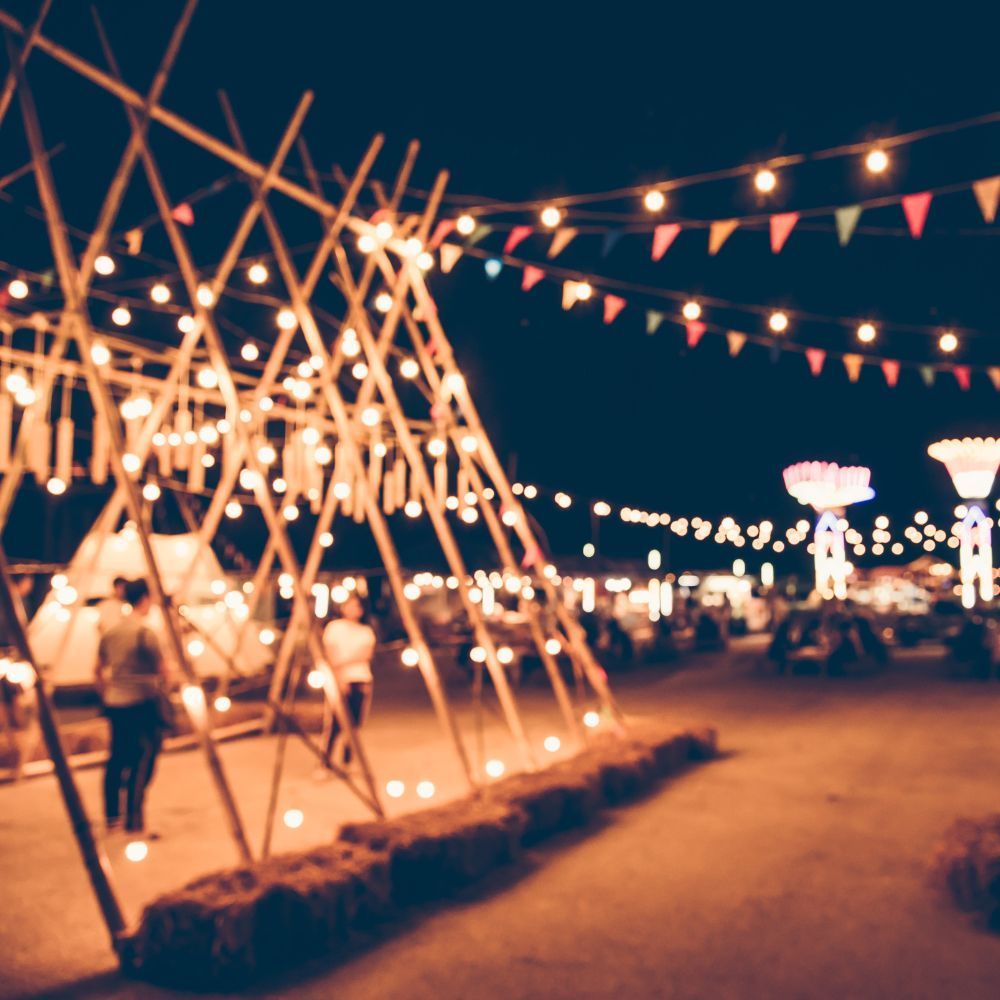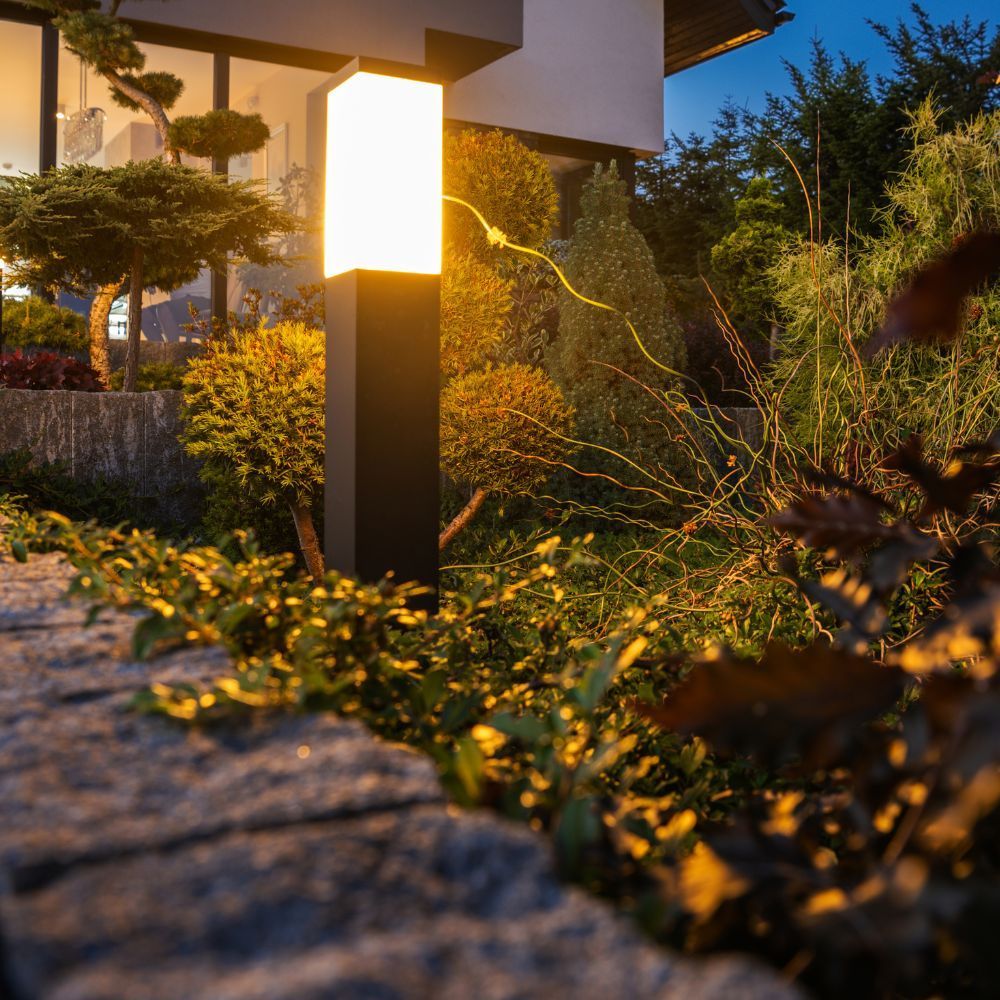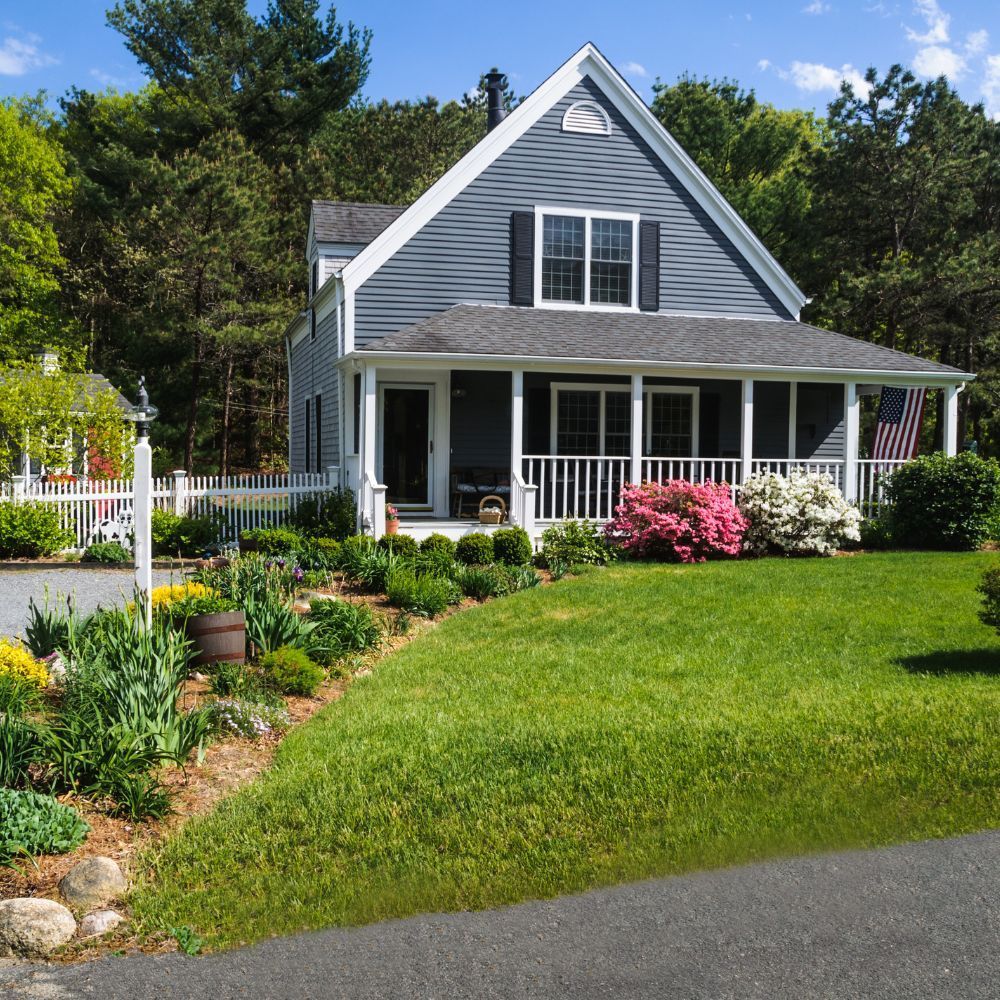Shining Bright: A Guide to Picking the Best Light Bulbs for Your Home
This is a subtitle for your new post
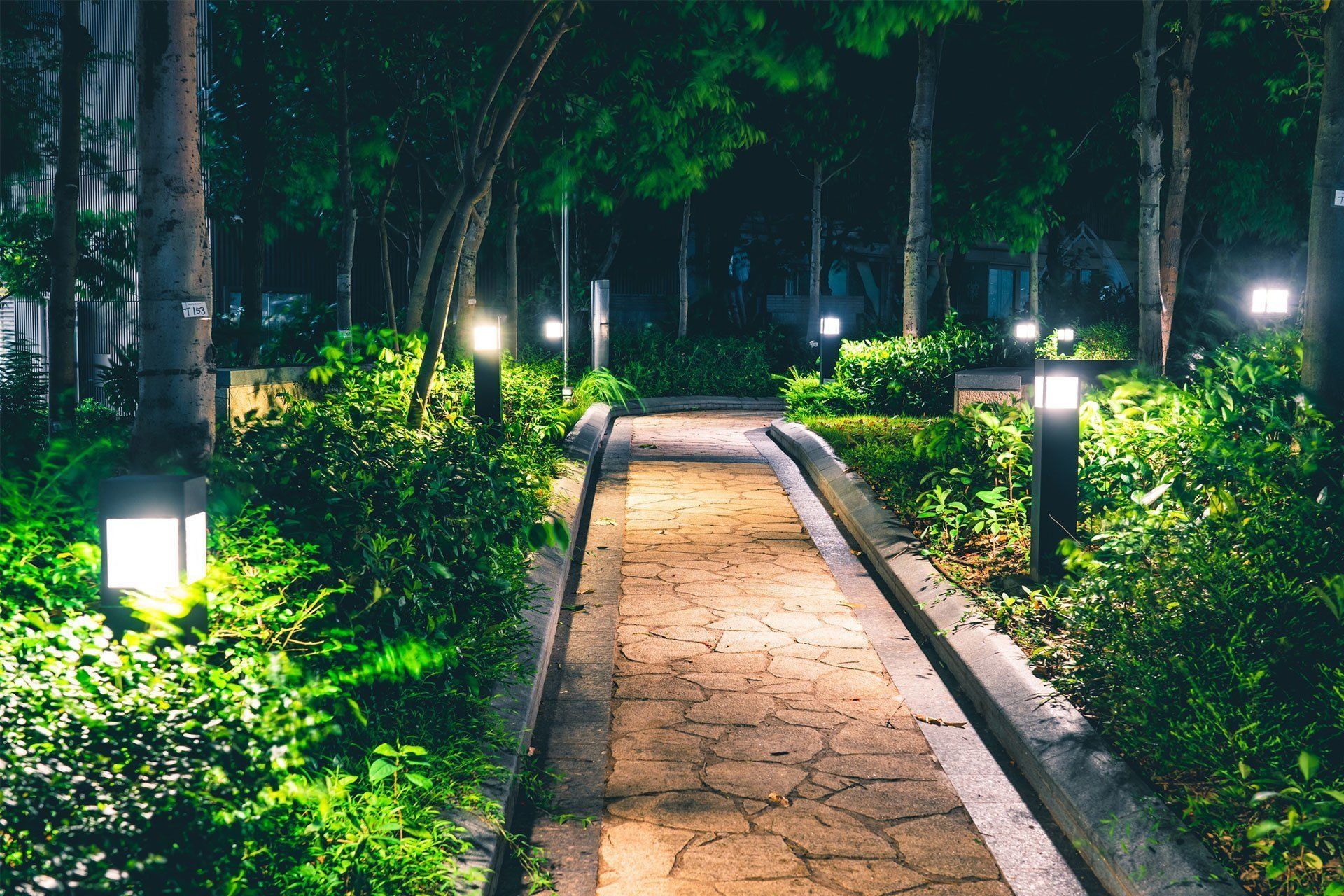
The Importance of Choosing the Right Light Bulbs
1. Types of Lightbulbs
Incandescent Bulbs
Incandescent bulbs are the traditional, classic choice. They emit a warm, inviting light and are often used for ambient lighting. However, they are not the most energy-efficient option.
Compact Fluorescent Lamps (CFLs)
CFLs are known for their energy efficiency. They consume significantly less energy than incandescent bulbs and have a longer lifespan. They provide a range of color temperatures to suit different needs.
Light Emitting Diodes (LEDs)
LEDs are rapidly becoming the go-to choice for energy-efficient lighting. They are highly versatile, long-lasting, and offer a wide range of color options. They are ideal for various lighting needs, from task lighting to accent lighting.
Halogen Bulbs
Halogen bulbs are a type of incandescent bulb but with improved energy efficiency. They emit a bright, white light and are commonly used for task lighting.
2. Brightness and Lumens
The brightness of a bulb is measured in lumens. When selecting lightbulbs, consider the lumens you need for a particular area. For example, a living room may require softer, lower lumens for ambiance, while a kitchen needs brighter lighting for tasks.
3. Color Temperature
The color temperature of a bulb affects the ambiance of a room. Bulbs with a lower color temperature (around 2700-3000K) emit warm, yellowish light, creating a cozy atmosphere. Higher color temperatures (around 4000-5000K) produce cooler, bluish light, which is ideal for task lighting.
4. Energy Efficiency
Energy-efficient bulbs can significantly reduce your energy consumption and electricity bills. Look for the ENERGY STAR label, which indicates that the bulb meets specific energy efficiency criteria set by the Environmental Protection Agency (EPA).
Choosing the Right Lightbulbs for Each Room
Living Room
The living room is often a place for relaxation and socializing. Soft, warm lighting is ideal. Consider using LED bulbs with a color temperature of 2700-3000K for a cozy atmosphere.
Kitchen
The kitchen requires bright, task-oriented lighting, especially in work areas like the countertop and stove. Use LED or halogen bulbs with a color temperature of 3500-5000K for ample illumination.
Bedroom
The bedroom benefits from a combination of ambient and task lighting. Choose LED or CFL bulbs with dimming capabilities to create the desired ambiance.
Bathroom
The bathroom requires well-distributed, shadow-free lighting for grooming and tasks. Opt for LED bulbs with a color temperature of 3500-5000K for clear visibility.
Dining Room
The dining room can benefit from a combination of ambient and accent lighting. Chandeliers with dimmable LED bulbs provide both functionality and aesthetics.
Home Office
The home office needs bright, focused lighting. LED bulbs with a color temperature of 4000-5000K are suitable for productivity.
Outdoor Lighting
For outdoor spaces, consider weather-resistant LED bulbs. They are energy-efficient and long-lasting, providing security and ambiance to your outdoor areas.
Making the Transition to Energy-Efficient Lighting
If you’re looking to make your home more energy-efficient, consider replacing your old incandescent bulbs with CFLs or LEDs. While the initial cost may be higher, the long-term savings on energy bills and replacement bulbs make it a wise investment.
Conclusion
Choosing the best light bulbs for your home involves considering factors like bulb type, brightness, color temperature, and energy efficiency. Tailoring your lighting choices to each room’s specific needs can enhance the ambiance and functionality of your living spaces. Whether you prefer the warm glow of incandescent bulbs or the energy efficiency of LEDs, making informed decisions about lighting can brighten up your home while reducing your environmental footprint.
